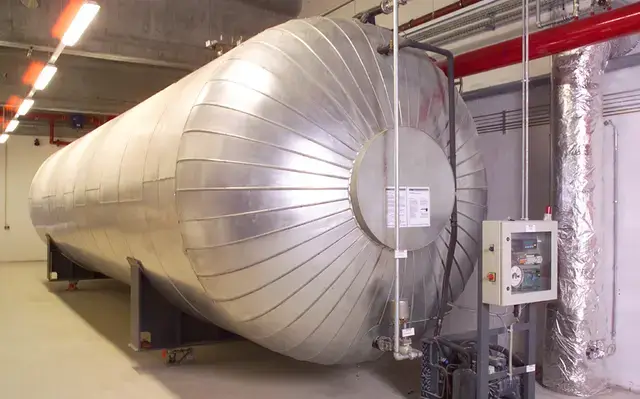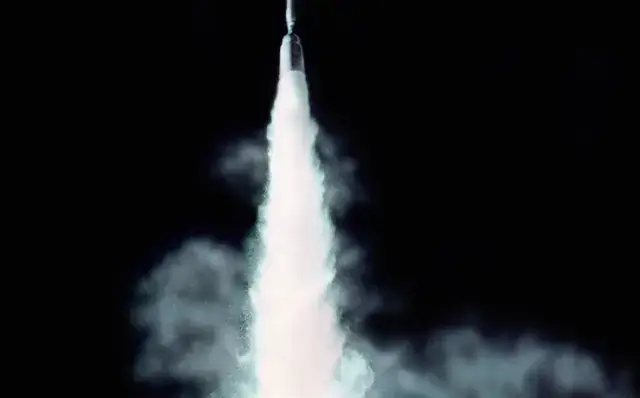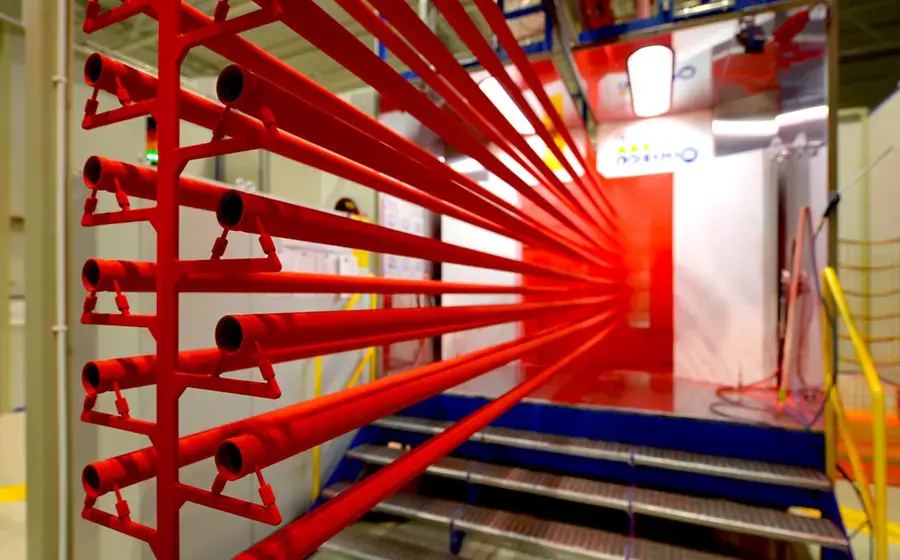Fighting fire with carbon dioxide
Extinguishing with carbon dioxide (CO2) is achieved by displacing the oxygen from a fire source quickly – and thus starving the fire. The high heat binding capacity of the carbon dioxide causes the withdrawal of energy from the source of the fire, which enhances the extinguishing effect. Carbon dioxide extinguishing system, due to their special extinguishing agent properties, feature advantages over other inert gas extinguishing systems.
Even freestanding objects in a room can be protected. The liquefied carbon dioxide forms a thick extinguishing gas cloud in the flooding zone. Special local application nozzles put the extinguishing agent precisely at the object to be protected.
Viking offers different systems:
- CO2 LP – Low Pressure System
- CO2 HP – High Pressure System
- CO2 HP LCP – High Pressure System with Low Control Pressure
Personal safety
A carbon dioxide extinguishing system reduces the oxygen in the air in the protected zone significantly below the natural level of 21 percent by volume. Carbon dioxide in concentrations that can extinguish fires can be harmful to life, and therefore special safety measures are installed.
The extinguishing process will not start until after a predetermined warning time, so that there is sufficient time to leave the room. All warning components are provided two-fold and are connected to different power sources.
CO2 HP LCP system illustration (simplified)

Legend
Cylinders for operation and reserve
for operation and reserve
Clunid DCP-1
Acoustic and optical notification device
Storage and supply of extinguishing agent
The carbon dioxide is supplied in high-pressure cylinders or low-pressure vessels. The optimum supply method depends on the quantity of gas required and the individual situation.
The high-pressure steel cylinders are consolidated into one cylinder bank at the installation location in special frames with independent suspension. Arranged in one or more rows, surprisingly large supplies of gas can be stored in a very small space.
The special frames can easily be adapted for extended protection zones or quick replacement of individual cylinders. Additionally, each cylinder suspension is also a weighing unit, which automatically indicates minimal leakage of extinguishing agent. Alternatively, the cylinders can be installed without a weighing device if the AHJ (authority having jurisdiction) agrees to it.
If large quantities of extinguishing agent are needed for the overall safety concept, a low-pressure vessel is recommended – especially on grounds of economy. The liquefied carbon dioxide is stored in this vessel at a temperate of approx.–20 °C and at an operating pressure of approx. 20 bar. A cooling unit provides a constant low temperature. The operating costs are minimized by an optimum insulation design. The supply vessel is mounted on a calibratable electronic weighing unit, which constantly displays the actual weight and therefore any potential loss of gas due to leaks.

Storage vessel of a CO2 low pressure gas extinguishing system
Functional readiness and operational safety
Neuralgic functions and components of the extinguishing system, such as the gas quantity, shutoff, release and distribution units, are monitored to ensure the constant functional readiness of the CO2 extinguishing system.
The required quantity of extinguishing agent depends on the volume and surface of the protection zone, the quality (e.g. gas impermeability) and the type of assets to be protected. The size of the pipe network and the location of the extinguishing nozzles are based on the risk area, while the extinguishing nozzles themselves are evenly distributed throughout the entire flooding zone.
For the protection of special facilities, the nozzles are installed directly within the object, such as in electric switching cabinets, false floors for cables or machine tools.
In cases where several flooding zones are connected to a common extinguishing agent supply, the gas is released for each zone via selector valves.
Control and monitoring of the carbon dioxide extinguishing system is provided via a fire detection system. Fire detectors monitor the protected zone. If the system detects smoke or an excessive rise in temperature or flames, a fire detection control panel such as the Clunid DCP-1 initiates the extinguishing process.

CO2 system release | Gas extinguishing nozzle in action
Applications
Typical areas of application for CO2 systems are:
- Rolling mills
- Turbines, transformers and substations
- Warehouses for hazardous materials
- Machine tools and special metal processing systems
- Paint and varnish manufacturing and processing areas
- Painting and powder coating booths (ESTA)
- Hydraulic systems
- False floors and cable shafts
- Silos and dust filters
- Printing machines
- Engine test benches and ship engine compartments
- Switching and control systems

Red power-coated pipe leaving coating booth
Image source: Minimax-Viking, Michael Kromat | Viking S.A.

